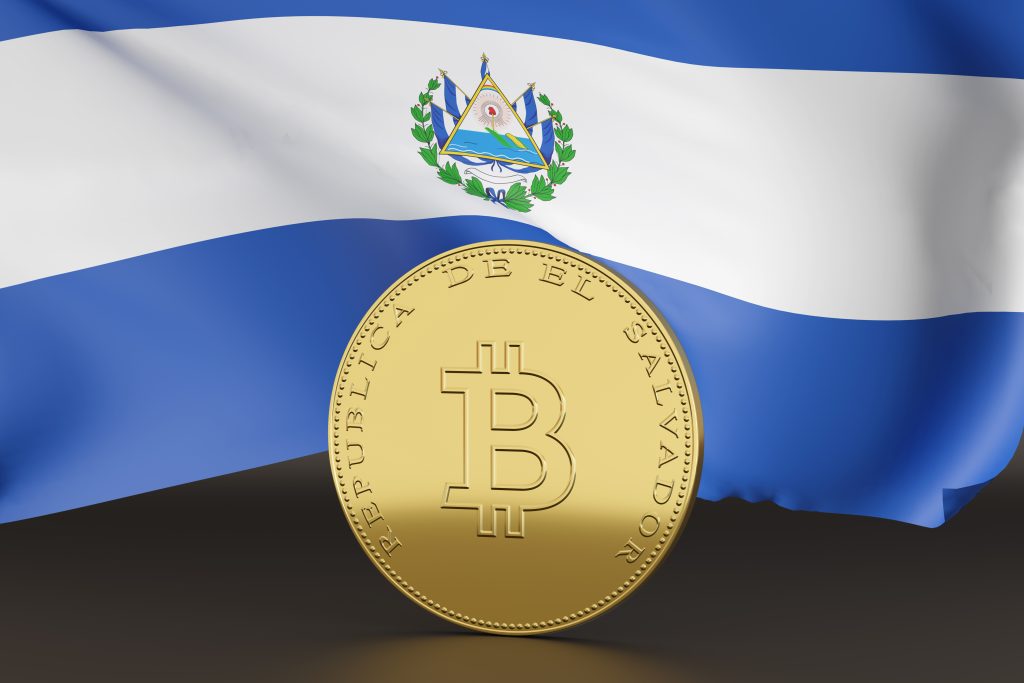Since becoming the first country to adopt bitcoin as legal tender in 2021, El Salvador has experienced a decline in cryptocurrency payments in 2023.
This downturn doesn’t come as a surprise. Just one year after the enactment of the Salvadoran Bitcoin Law, the initiative encountered numerous issues. The intended use of BTC as an inflation hedge failed due to the extreme volatility of this digital asset. All bitcoin purchases made in the prior nine months were now “underwater.” Additionally, El Salvador’s president Nayib Bukele, a prominent supporter of bitcoin, used the country’s funds to make substantial speculative investments in bitcoin. The exact amount of bitcoin purchased remains undisclosed as there’s no public record.
Crypto Adoption Continues to Face Hurdles
According to data from Chainalysis, only 1.3% of remittances were transferred to digital wallets using cryptocurrencies in 2023.
Despite the Salvadoran government’s ambitions for widespread bitcoin adoption, several bad decisions have undermined the trust of its citizens. A recent survey indicated that 85% of Salvadorans did not use bitcoin for transactions in 2023. Furthermore, the country’s leadership has yet to outline its strategy for ensuring the safe and secure use of bitcoin.
Where Do We Go from Here?
The situation in El Salvador underscores the importance of transparency and user security. Without these foundational principles, widespread adoption in many countries faces significant obstacles.
Fraud remains a persistent issue tarnishing the reputation of cryptocurrencies. In 2023, the Securities and Exchange Commission (SEC) issued 46 enforcement actions against 124 defendants, primarily for fraud and unregistered security offerings.
Among these enforcement actions, 57% were linked to alleged fraud, 61% to alleged violations of unregistered securities offering, and 37% to both. From July 2013 to the end of December 2023, the SEC initiated 108 crypto-related litigations.
These actions can be interpreted in two distinct ways: they can either contribute to a safer, more transparent cryptocurrency landscape, or they could introduce more uncertainty, potentially stifling growth and innovation in the burgeoning crypto sector.
